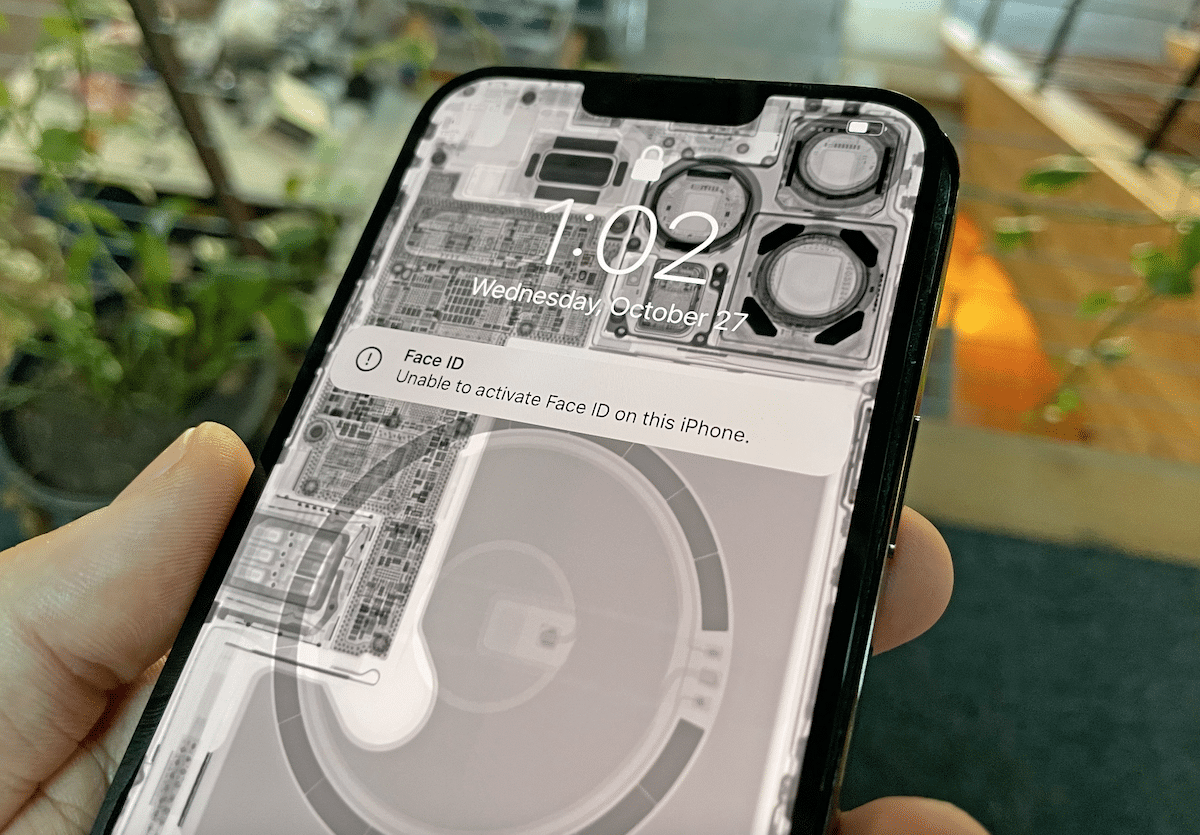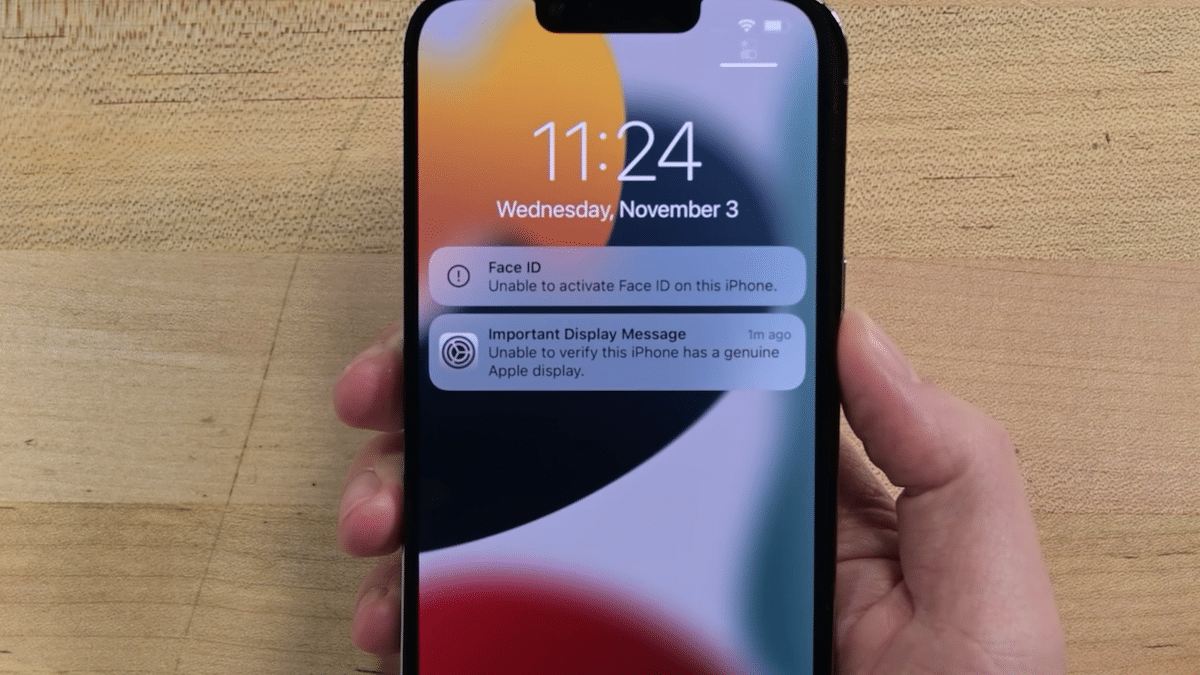The Verge reports that Apple has decided to remove the restriction on iPhone 13 which bars independent repair providers from replacing damaged iPhone 13 screens.
Independent repair providers found that Apple has made it very difficult, if not impossible for users to replace iPhone 13’s broken screen by themselves or get it repaired from a third-party vendor. iFixit and other teardown experts discovered that the Cupertino tech giant has placed a very small microcontroller chip at the bottom of each screen as a new form of serialization. Once that screen is replaced with another by an unauthorized repair provider or screen, the Face ID feature on the iPhone 13 stops working.

The independent repair community was enraged by the new right to repair speed bump because the Face ID component is not housed in the iPhone 13’s display. Fearing the extinction of the DYI or third-party repair shops, Right to Repair activists strongly called for legislation against Apple’s “predatory and monopolistic behavior.”
Apple to remove right to repair speed bump in an upcoming update
As per the report, the Cupertino tech giant has confirmed that it will remove the restrictions in an upcoming update but failed to mention when that update will be available.
For indie repair shops, things may get easier soon, however, as Apple tells The Verge it will release a software update that doesn’t require you to transfer the microcontroller to keep Face ID working after a screen swap. Apple didn’t specify exactly when the software update will arrive.

With a new restriction each year, the independent repair community believes that Apple is testing the waters for how far it can go to maintain its control over repair programs and push services like AppleCare. iFixit engineer notes:
It’s hard to believe, after years of repair-blocking issues with Touch ID, batteries, and cameras, that Apple’s latest iPhone part lock-out is accidental. As far as our engineers can tell, keeping Face ID working on the iPhone 13 after a screen swap should be easier than ever, since its scanner is wholly separate from the display. Technically, yes: Face ID failure could be a very specific hardware bug for one of the most commonly replaced components, one that somehow made it through testing, didn’t get fixed in a major software update, and just happens to lock out the kind of independent repair from which the company doesn’t profit.
The Right to Repair movement is calling out companies like Apple to publically provide the required information and tools to facilitate DYI repairs for it will reduce e-waste and foster curiosity to create something new. Recently, an engineering student made the first USB-C iPhone which is auctioning for a lot of money.



